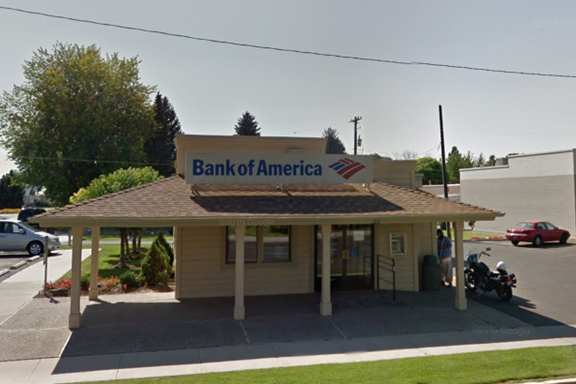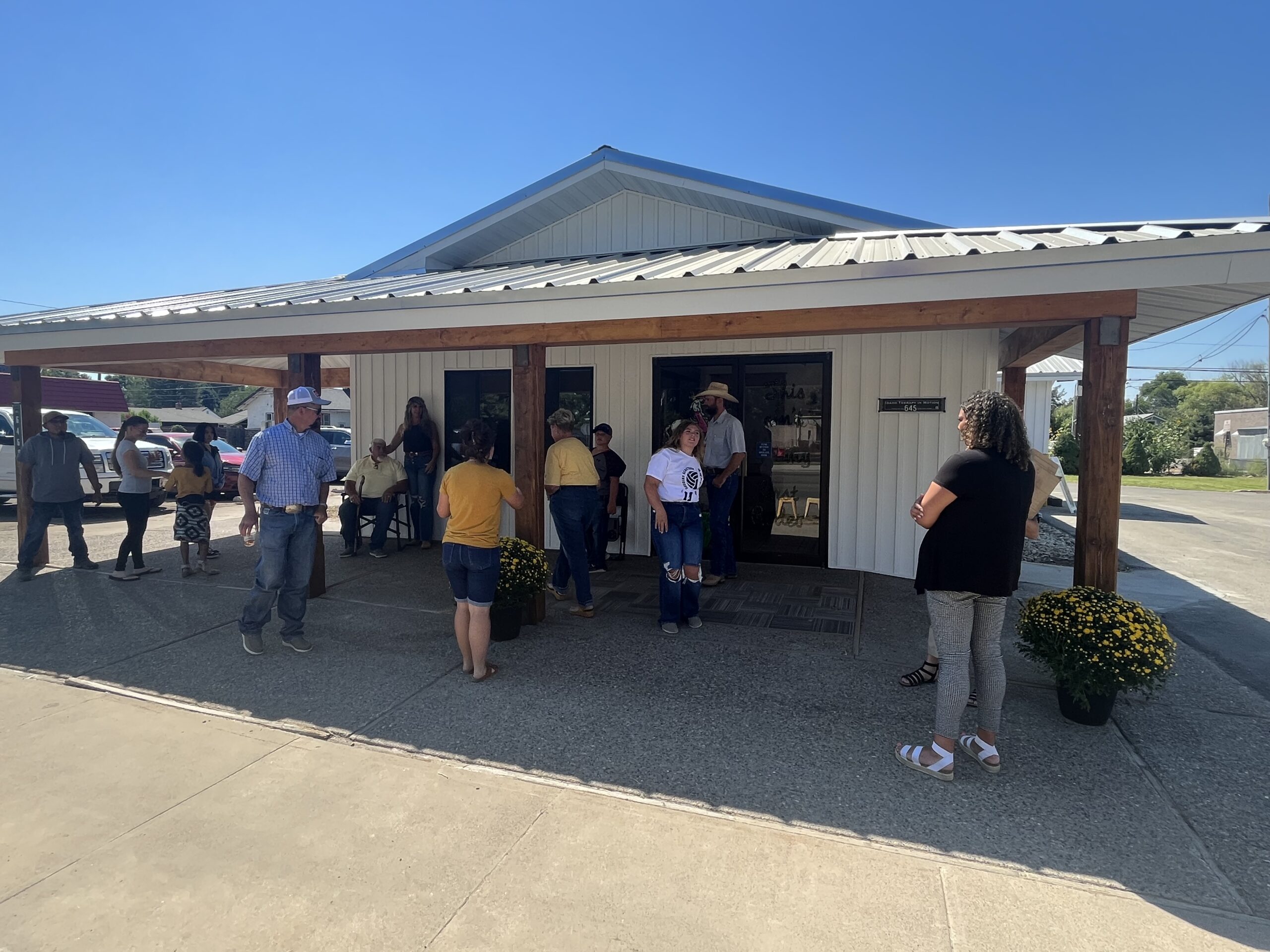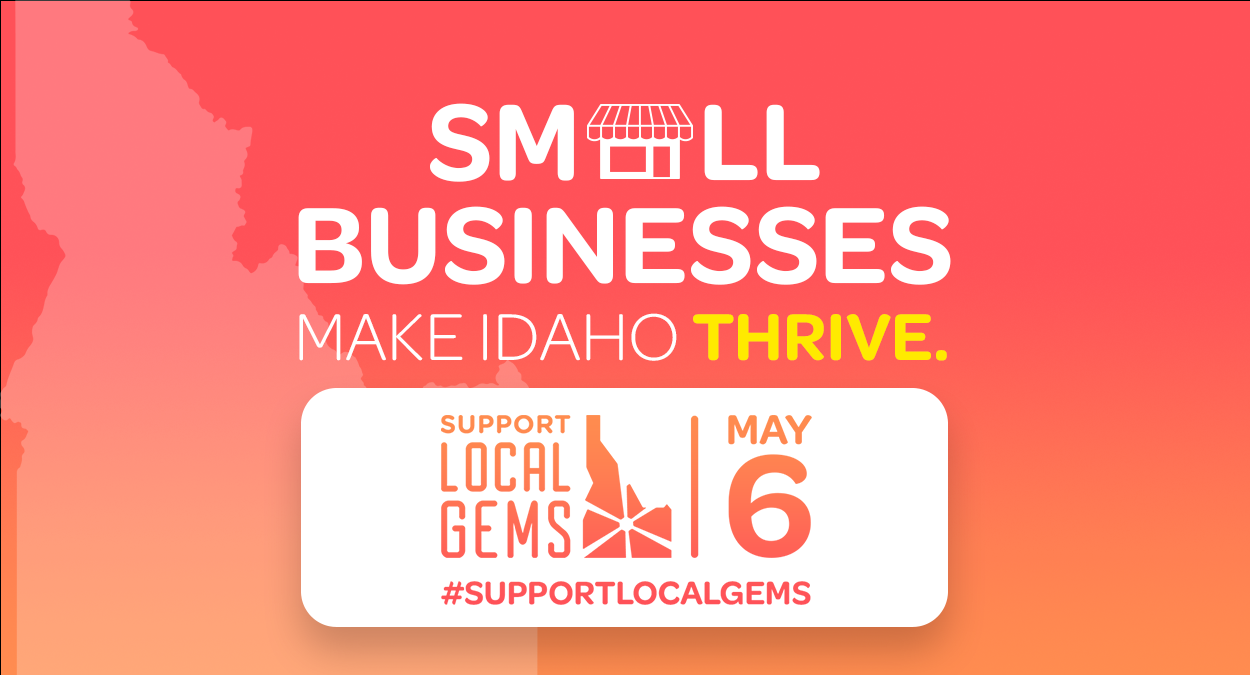Regional
Assets
Prime Geographic Location
Centrally located in the southern portion of the State of Idaho, the region is home to several conservation areas, nationally designated recreation areas, protected wildlife habitats and historic communities. These resources contribute to the economic vitality and livability of the region. The region is composed of eight counties, thirty-four incorporated communities, and encompasses 11,502 square miles. Of the 7,364,864 acres, federal, state, or local units of government control approximately 63% and roughly 37% is privately held. The City of Twin Falls is the eighth largest Idaho city and the largest community in the Region with nearly 52,000 people according to U.S. Census Bureau 2020 DEC Redistricting Data. Twin Falls serves as the major retail, wholesale, medical and educational center for the Region. Boise, the State Capital, is located roughly 120 miles to the west along Interstate 84. Boise's estimated population exceeds 228,000 and is the State's largest community. The City of Pocatello lies roughly 120 miles to the east along Interstate 86 and is the sixth largest city in the State.
The Region is comprised a complex mixture of different land types. The mountainous area in the southeast portion of the region lies in the Basin and Range Geomorphic Province; the mountainous or hilly areas of the South-central and Southwestern portions are part of the Owyhee Uplands section of the Columbia Intermountain Province; the central part of the Region from east to west, lies in the Eastern Snake River Plain. The Snake River Plain boarders the southern side of the basaltic Mount Bennett Hills with the fertile agricultural lands of the Camas Prairie on the southern side. The Camas Prairie Centennial Marsh Wildlife Management Area in Camas County provides more than 6,000 acres of aquatic and upland habitat for waterfowl breeding and nesting. Historically, the area was used by the Bannock, Shoshoni, and Norther Paiute tribes for camas root gathering and summer hunting. Further north lies the rugged Idaho Batholith mountains – the Soldiers, Pioneers, Boulders, and Sawtooth’s. Elevations range from 2,000 feet where the Snake River exits Gooding County to 12,078 at Hyndman Peak east of Ketchum. With some areas referred to as high desert and others as forested mountain, the Region exhibits numerous soil types and natural vegetation varieties.
Due to these varied landforms, the overall regional climate is considered moderate. Although the area has four seasons, there exists a wide range of temperatures and conditions throughout the year. The higher mountain areas generally experience more snow and cold, while the Hagerman Valley, nestled in the Snake River canyon, is capable of raising fruit and melons. Avid golfers can play nearly year-round, while skiers can generally enjoy snowy conditions from November through April. Rangeland constitutes the major land use with over half (56.5%) of the Region designated as Range. Agricultural uses require approximately 1.7 million acres (23%) of the available land. Lava flows have caused the classification of slightly over 1 million acres in the Region as "barren". Development in Lincoln County is seriously affected by this problem as more than half of the County’s available land area is designated as barren. Lava flows also presents land use challenges in Blaine, Jerome, and Minidoka Counties. Forestland covers six percent (6.01%) of the Region. Only one-half of one percent (0.5%) of the Region is classified as Water and four-tenths of one percent (0.4%) as Urban.
Multiple Opportunity Zones
Established by Congress in 2017, Opportunity Zones encourage long-term investments in low-income urban and rural communities. Private investment vehicles that place 90% or more of their funds into an Opportunity Zone cab earn tax relief on the capital gains generated through those investments.
The South-central region boosts five designated areas:
- Buhl City
- Gooding County
- Jerome City
- Rupert City
- Twin Falls City
Region IV Development provides support and resources for small business to take advantage of Opportunity Zone incentives. See Appendix 3 for city/county specific information.
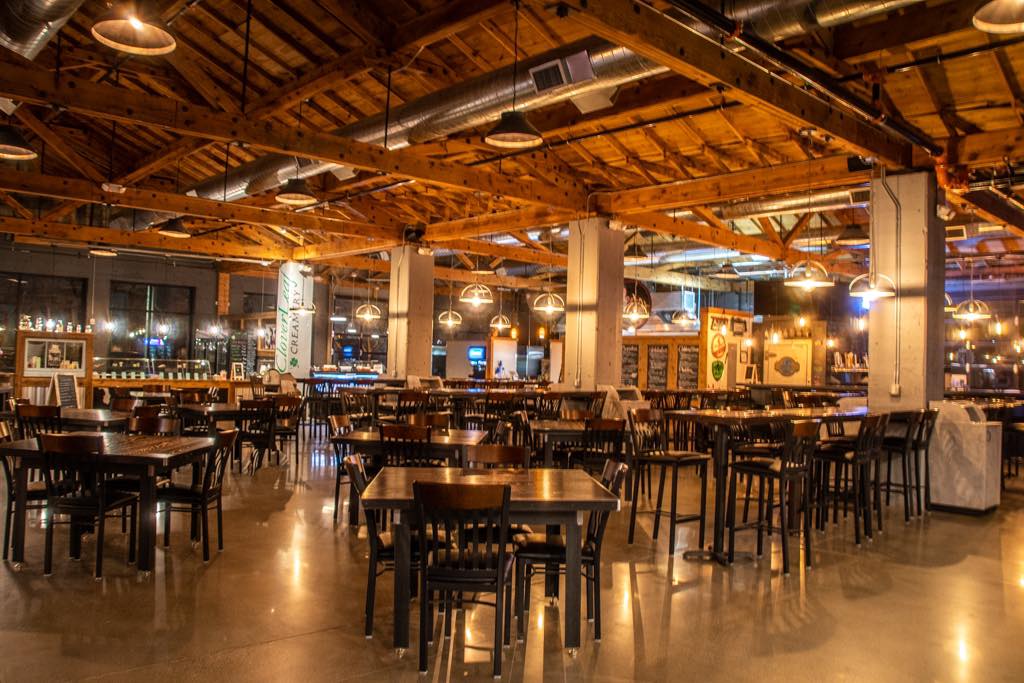
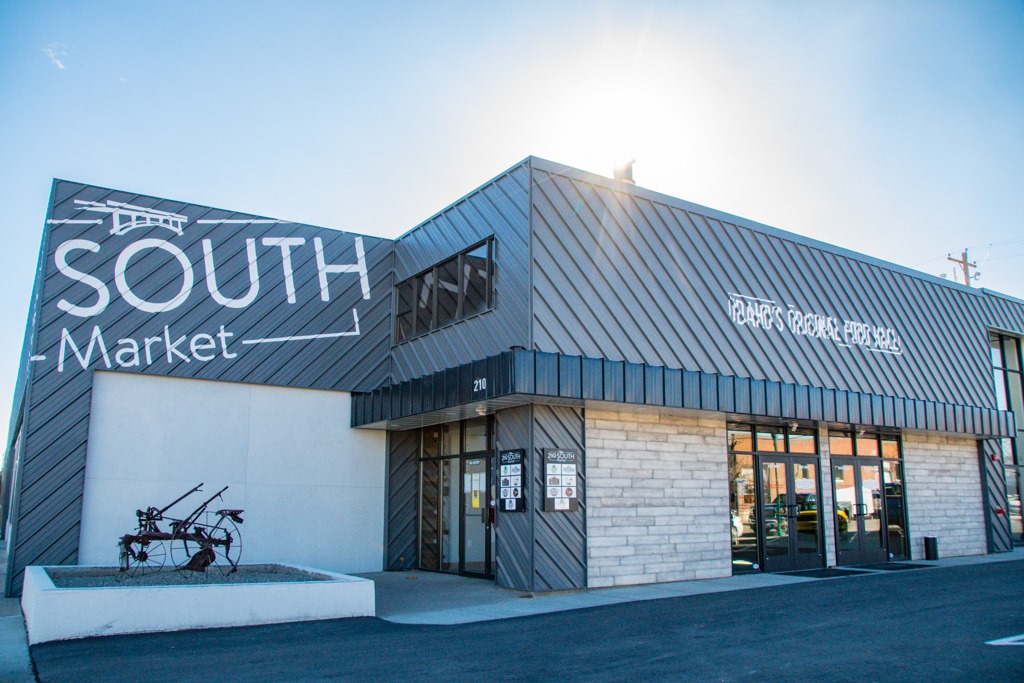
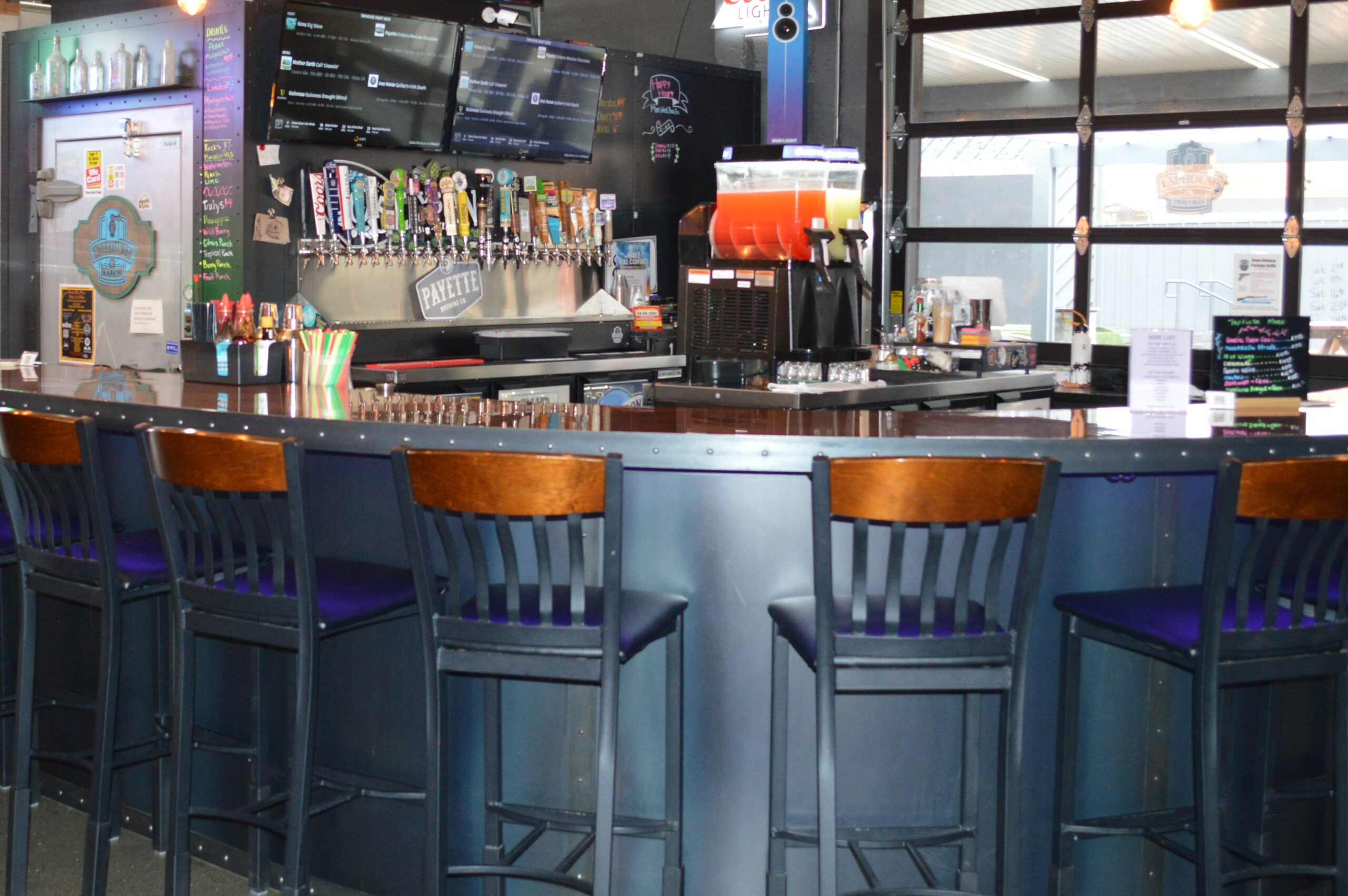
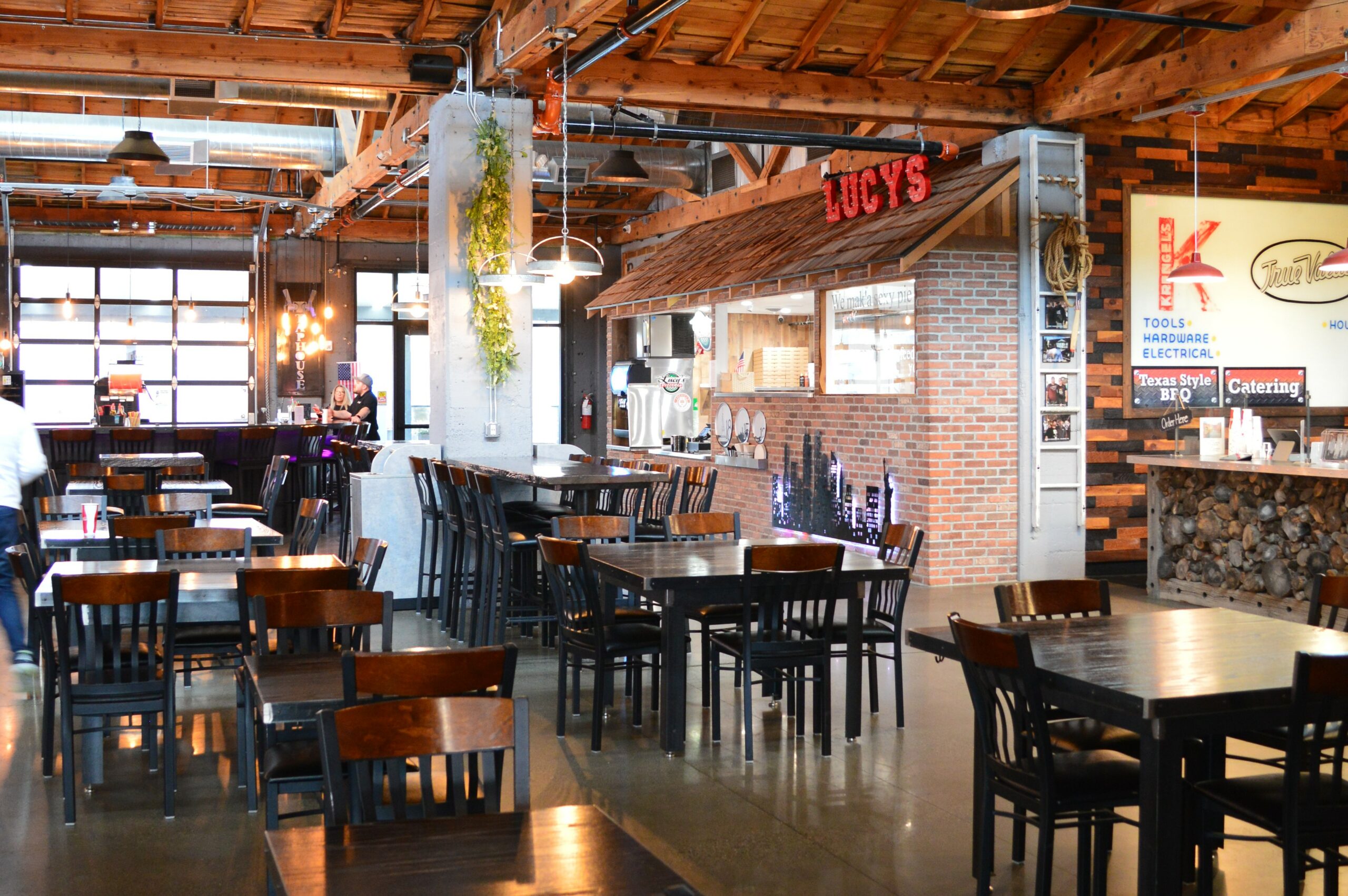
Outdoor Recration Possibilities
Southern Idaho has a plethora of outdoor recreation opportunities including hiking, mountain biking, hunting, fishing, snowmobiling, skiing, ATV trail riding, and much more. The region also draws visitors from all around the world for uncommon attractions and amenities.
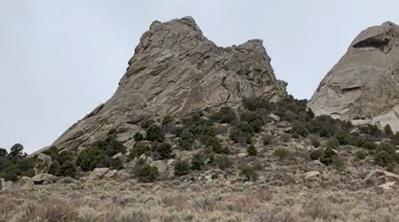
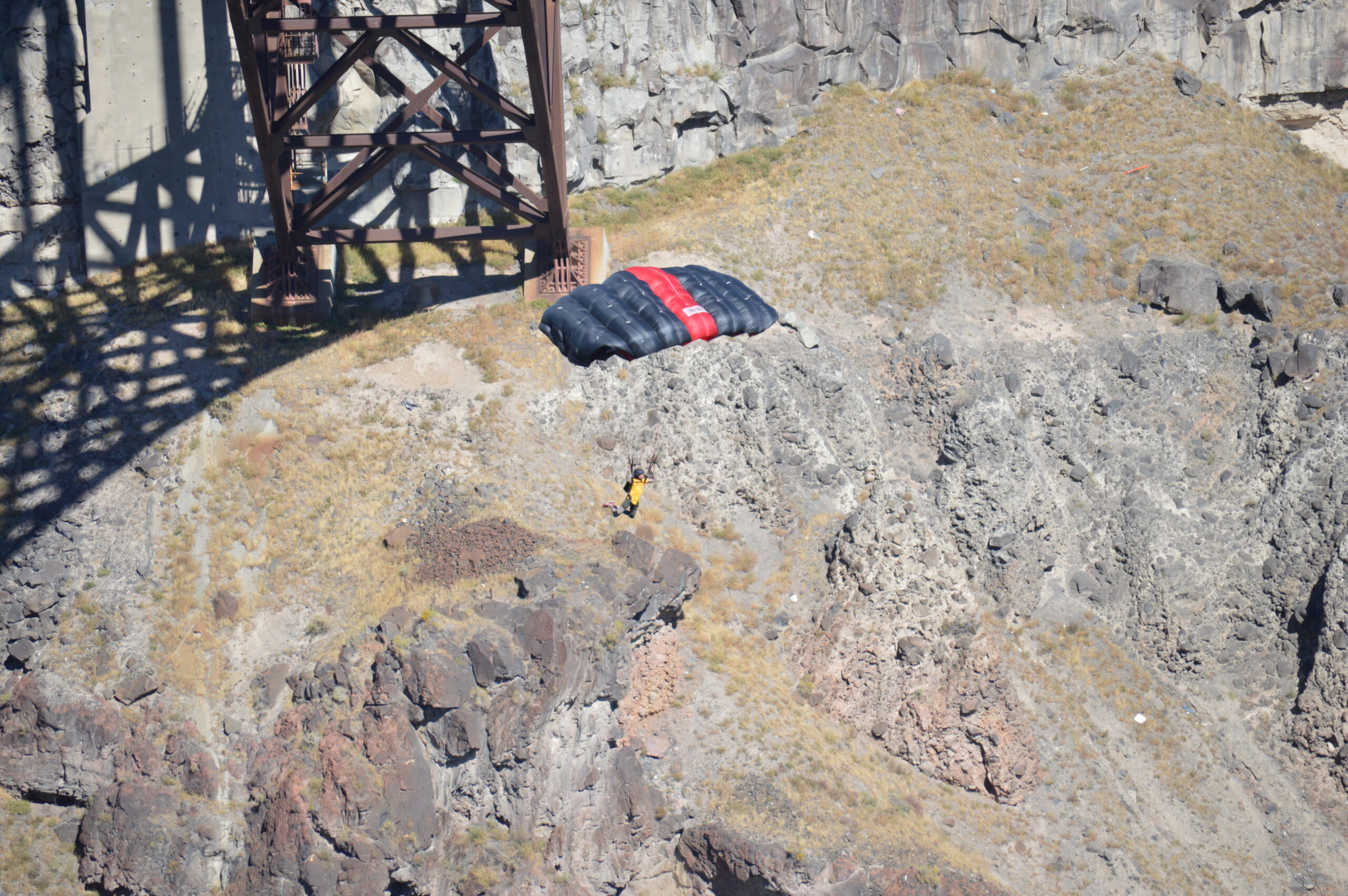
Small Business Lending Capabilities
Region IV Development helps strengthen economic vitality of the region by assisting small businesses in obtaining commercial financing. The RIVDA Loan Program focuses solely on the progression of small businesses. Business owners are walked through step-by-step to find financing solutions that will meet their ever-changing needs. All types of for-profit businesses, from the entrepreneur looking to launch a new product to the seasoned business looking to expand their operations, are assisted through this program. Collaborating with banking partners, in addition to working with clients individually, allows RIVDA to provide financing for real estate, equipment, inventory, tenant improvements and working capital.
Occasionally, there are some instances where lending institutions are unable to finance certain projects. In those instances, RIVDA administers an array of internal loan programs in which we can take on the financing of an entire project. Borrowers must have a marketable skill, service, or product available to the public. Applicants must demonstrate that the business has or will have adequate cash flow and profit to repay the loan. See Appendix 2 for more information on the individual loan programs administered by RIVDA.

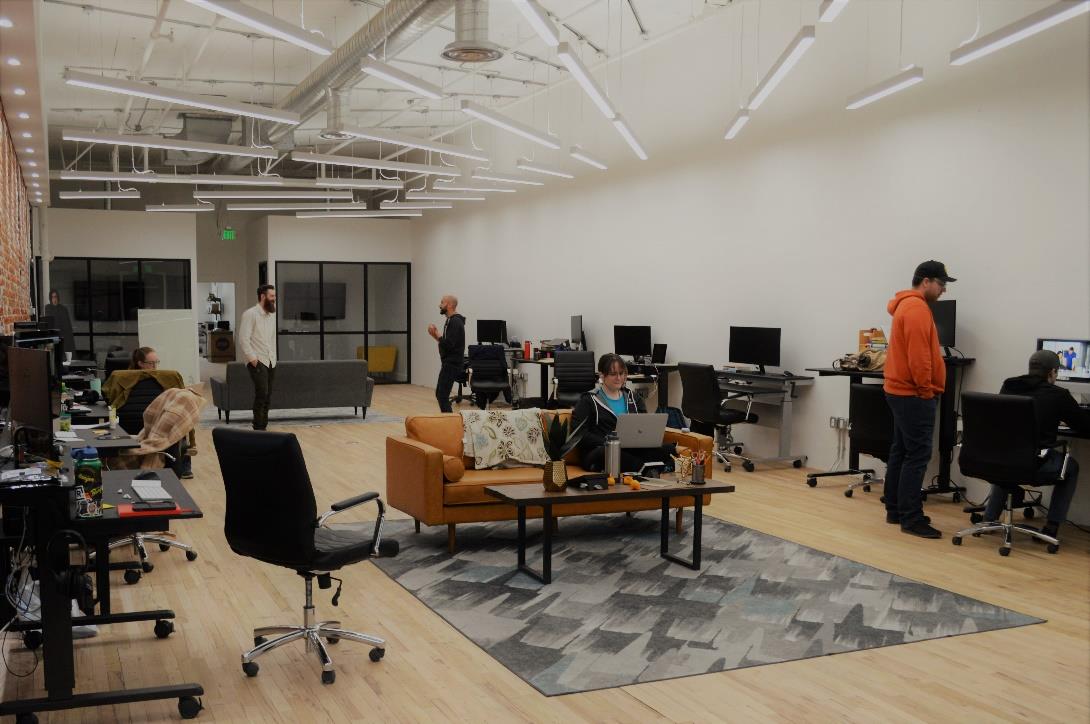
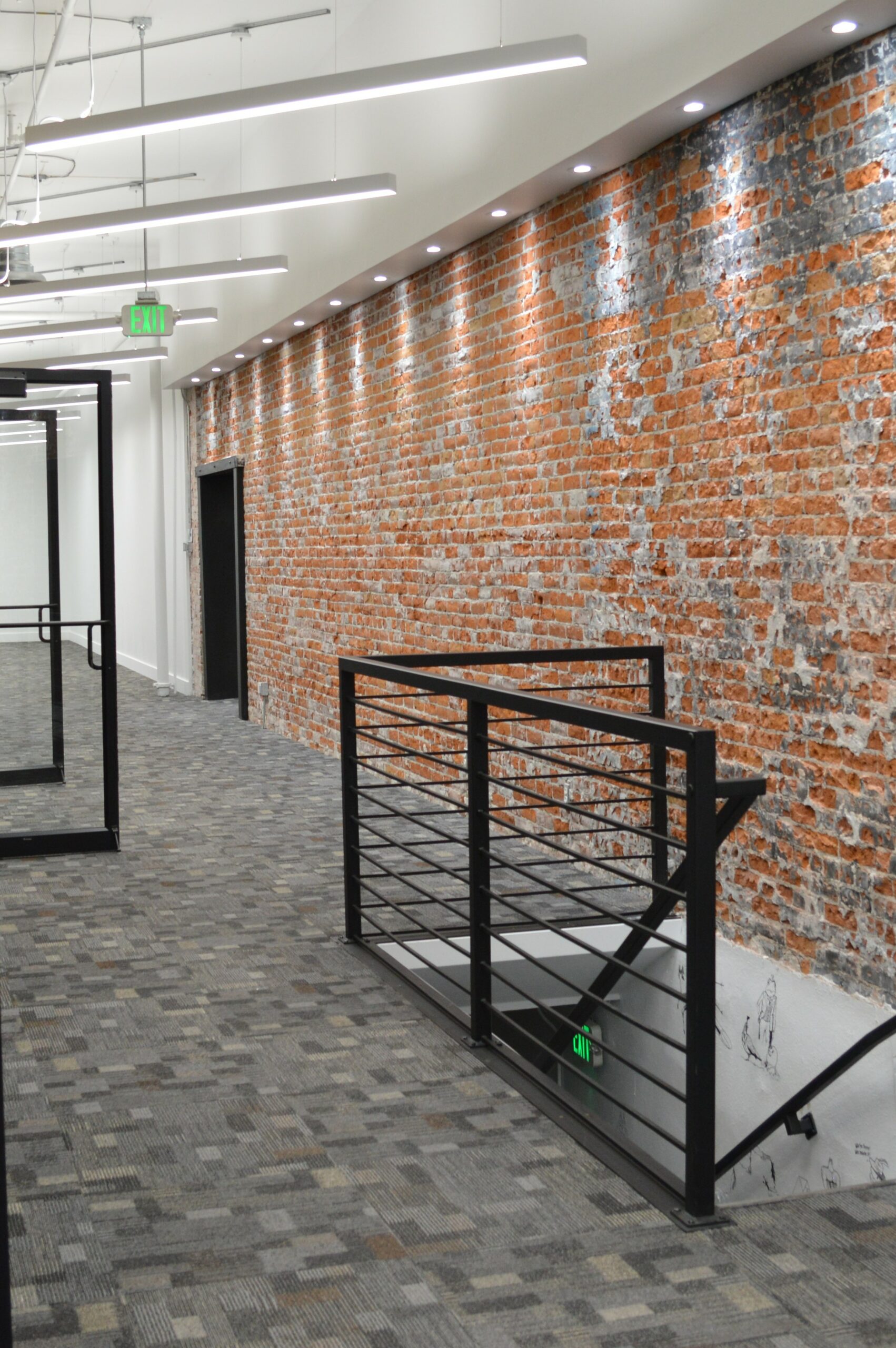
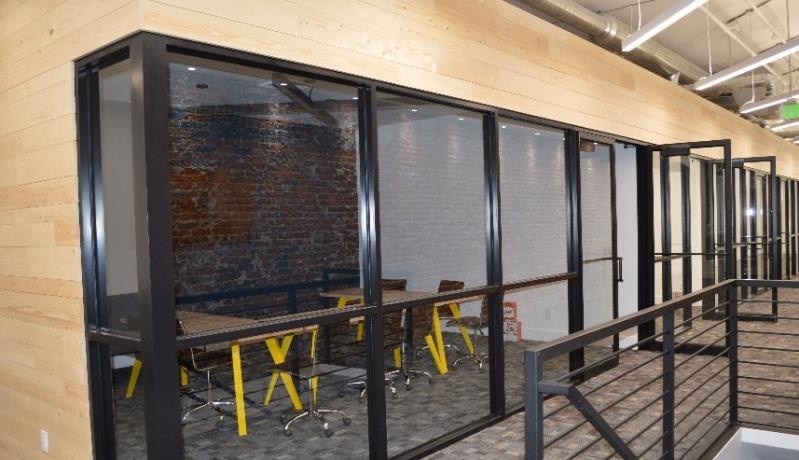
Broadband Access
The lack of adequate broadband in many areas of the South-central region was brought to light during the 2020 COVID-19 Pandemic as world-wide stay-at-home orders were issued. In response RIVDA prepared eight successful applications that yielded $7.2 million in Idaho Broadband Grant Awards to rural Idaho communities. While the majority of stay-at-home orders have been lifted globally, the pandemic continues to reshape how many choose to work. Nationally, those who can work from home are choosing to do so at a higher rate than prior to the health crisis. Additionally, the ability to work from home gives workers the option to live anywhere with consistent internet access, making leaving large urban areas a reality. The wide-open spaces of Idaho have proved to be an attractive option. In 2021, Idaho was the fastest growing state in the nation.
This shift in preference to work from home and to do so in rural Idaho can only be supported with ongoing improvements to broadband coverage and connectivity. High-speed internet access has shifted from a luxury to an infrastructure necessity in order for cities and counties to attract and retain individuals, businesses, and industry. Despite the efforts to improve broadband access Idaho is currently lagging behind the rest of the nation. Only 79.8% of Idaho residents have access to 100 Mbps broadband (46th in the nation) and only 68.4% have access to 1G broadband (32nd in the nation).
Closing the digital divide across South-central Idaho ensures regional access to education and healthcare while making our communities more attractive to industrial development and growth.
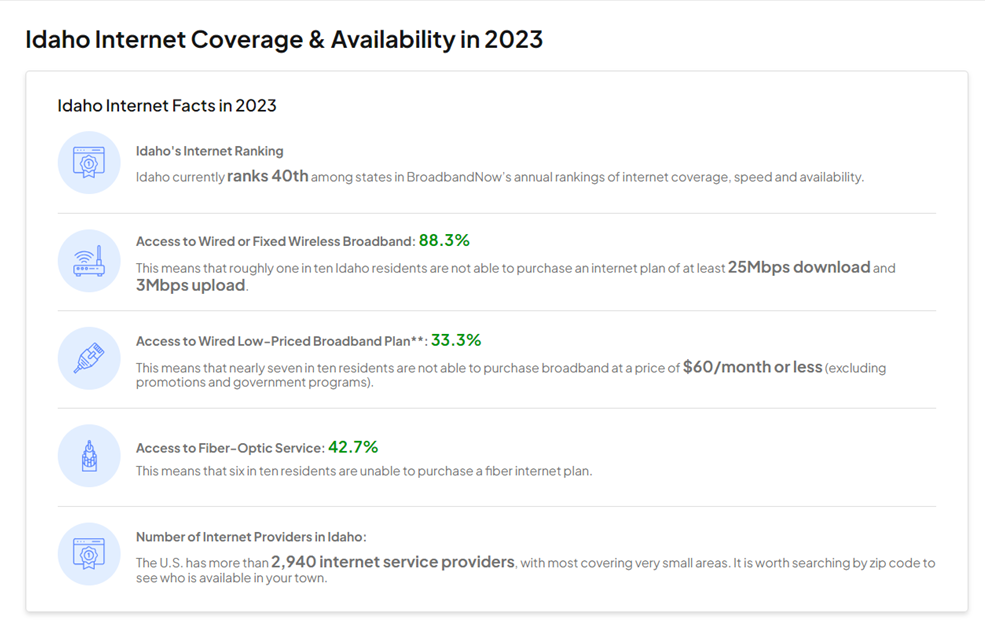
Collaboration
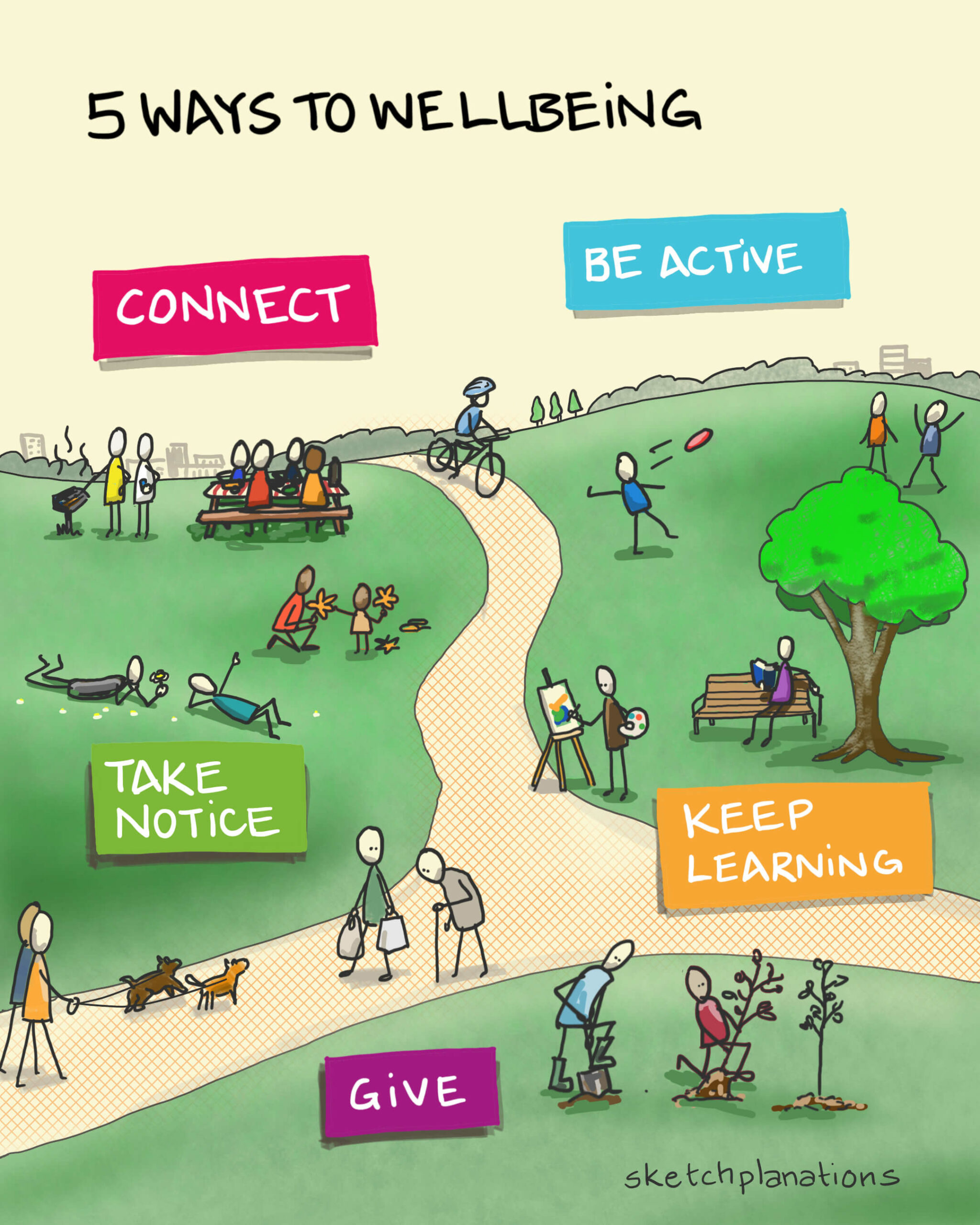
Brownfield Revitalization Project
